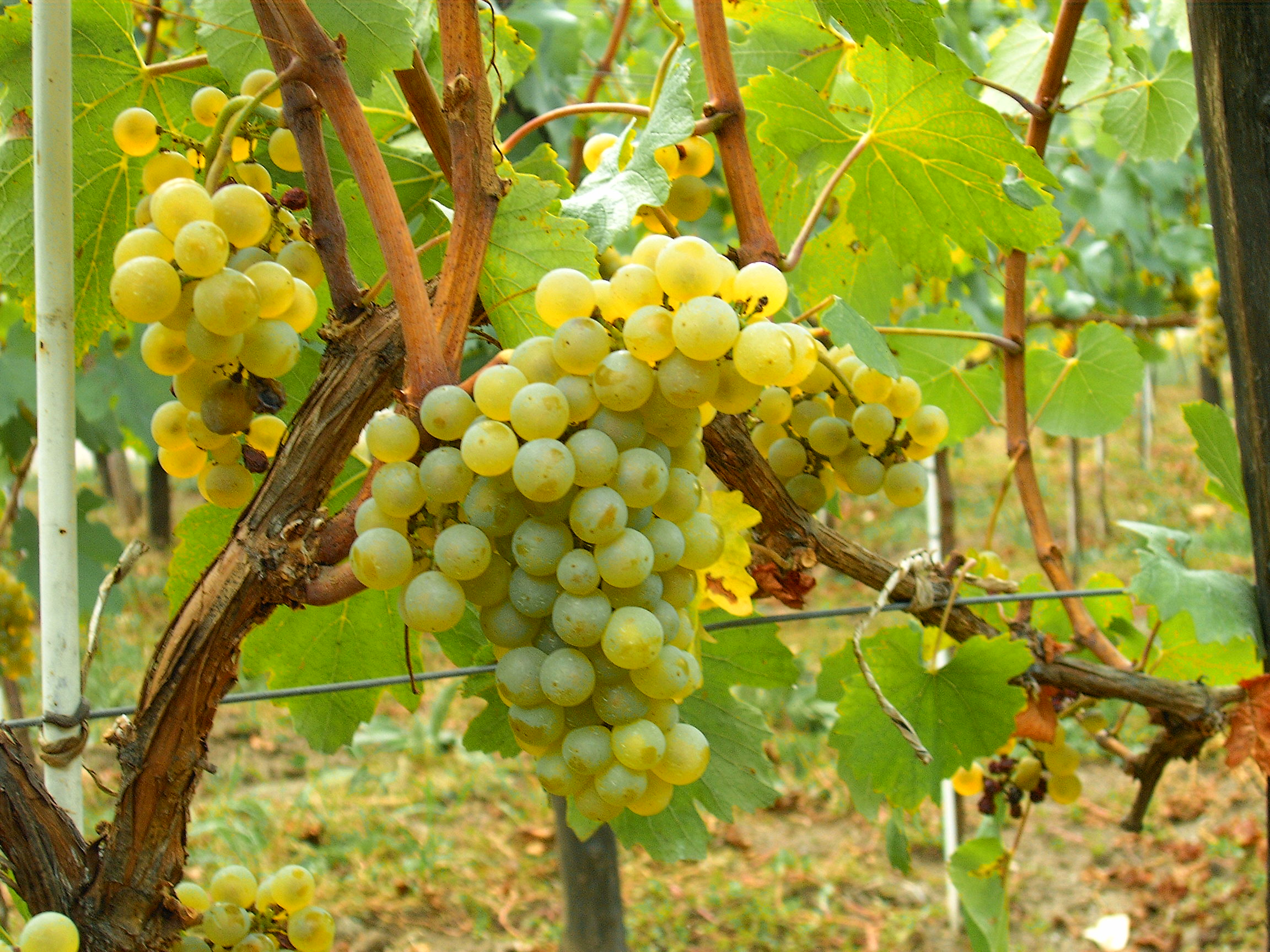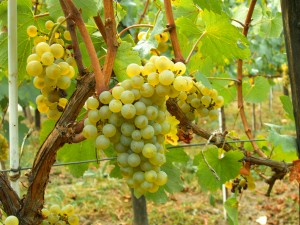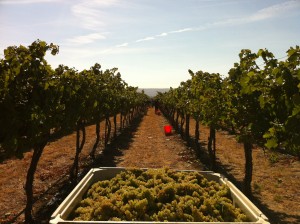Wine 101: The styles of Chardonnay


Chardonnay can grow in cool, moderate and hot regions, including the Eastern European country of Moldova where its climate has been compared to southern Burgundy. Courtesy of wikimedia.
Let’s talk Chardonnay. Just the word—chardonnay—evokes emotion in wine drinkers of the conundrum species since so many say they can’t stand the overly oaky or overly buttery flavor of chardonnay yet it’s one of the most widely consumed varietals in the United States. It begs the rhetorical question: Who’s drinking it if everyone so fervently opposes it?
Folks who confidently know what they like, that’s who. Chardonnay can go from refreshing and acidic to flavors of stone fruit and citrus to creamy and savory so I’m always amused at people who say they don’t like chardonnay because that’s quite a gamut on the palate-wheel to dismiss and yet I do understand.
Chardonnay’s poor reputation begins with the fact that it can grow in cool, moderate and hot regions. On its own, its aromas are delicate to the point of simple so the winemaker comes along and adds his/her touch by manipulating the end result.
Malolactic fermentation (the process that produces that butter quality), leaving the wine ‘on the lees’ (stirring the dead yeast cells through the wine) and aging in oak are common wine-making techniques to coax out the beauty of chardonnay. A good winemaker will excel at this while a poor winemaker will over manipulate the grape resulting in an inferior wine whose reputation will spread like wild fire.

Chardonnay grapes in a harvest bin from Wyckoff Vineyard in Yakima Valley, WA. Courtesy of wikimedia.
Additionally, since it is such a widely-planted grape, there’s a lot of bulk chardonnay on the market. Once again, if you’re buying a $10 bottle of wine, you’re drinking a $10 bottle of wine. Don’t expect to be swept off your feet.
My favorite style is a chardonnay that has been left on the lees because there’s this creamy texture that’s not specifically buttery. It gives a full, rich mouth-feel that’s nearly decadent and makes me want to pair the savory qualities with a mushroom risotto although a cream-based pasta dish with crab would be another excellent choice.
Conversely, a lightly-oaked or steel-fermented chardonnay is a wonderful accompaniment to grilled fish, scallops and chicken.
Cool climate regions will produce higher acid wine while hot climate chardonnay can be a little ‘flabby’. It is widely believed that the Napa Valley and Sonoma Valley AVAs produce premium chardonnay in the States. The Goldilocks in me leans toward Sonoma even over the Carneros AVA which is making a name for itself in sparkling wines. Still other excellent examples can be found in Chile, Mendoza and South Africa although premier chardonnay is traced back to Burgundy.
Chardonnay has many styles. It might take some effort to find yours but it’s out there.
**If you like what you’re reading, follow Corks & Forks by clicking the ‘Follow’ button on the bottom right-hand corner or follow Corks & Forkson Facebook.
